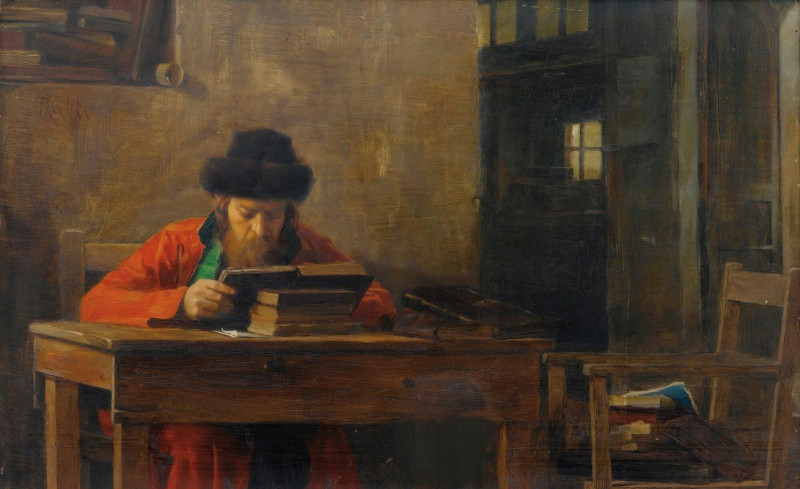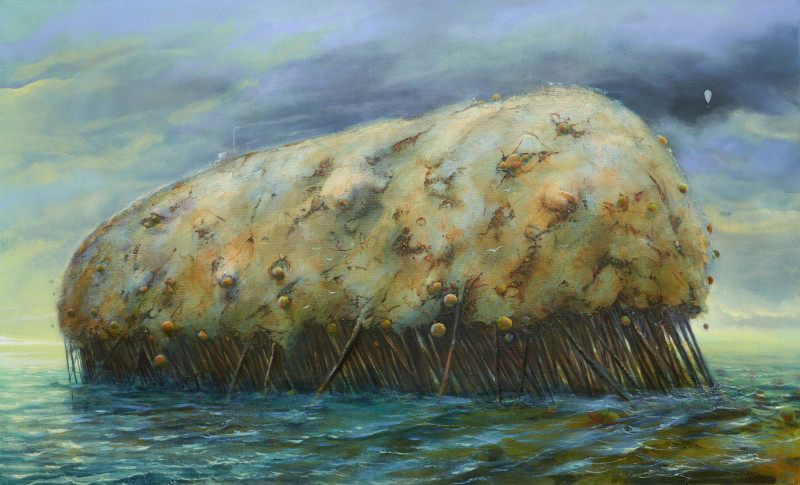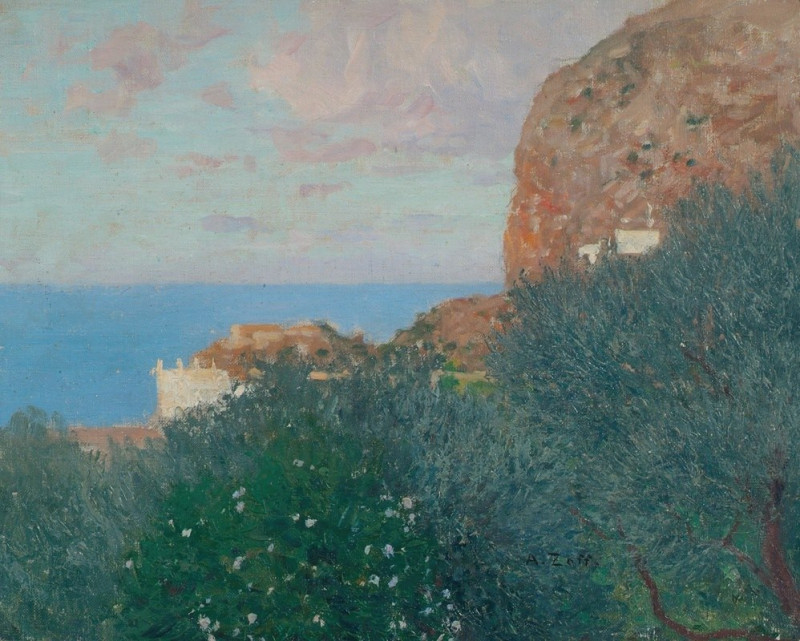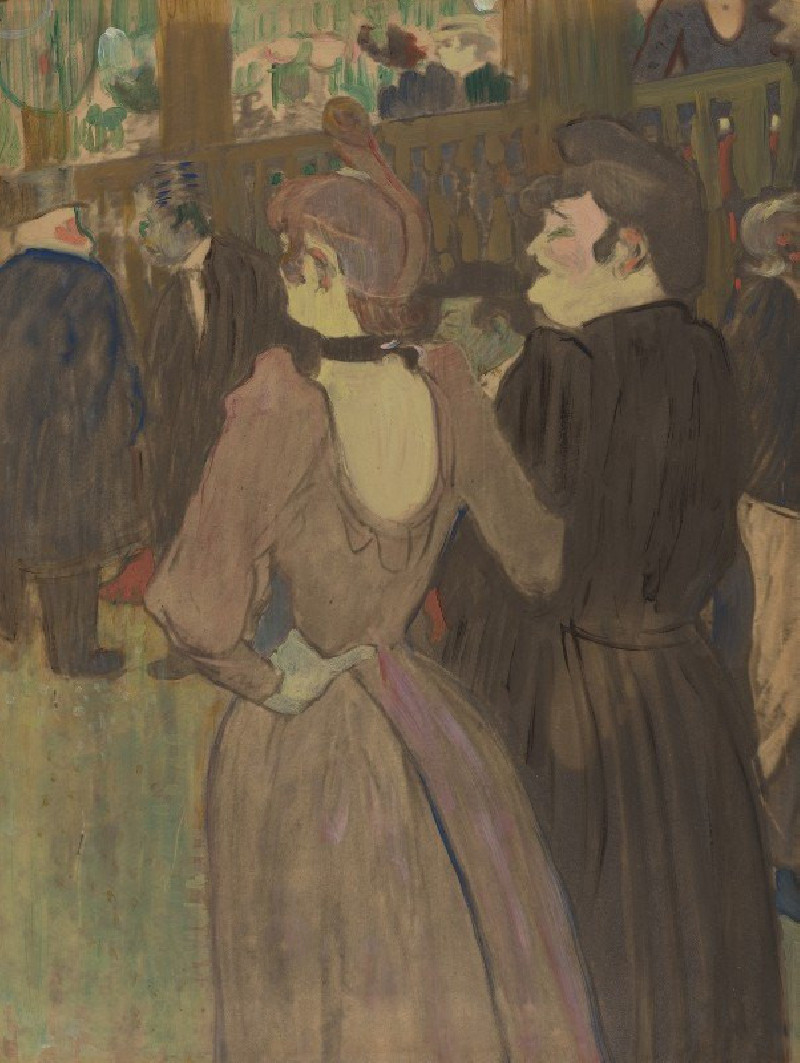View from Fort Miradou in Collioure (1932)
Technique: Giclée quality print
Recommended by our customers
More about this artwork
"View from Fort Miradou in Collioure" (1932) by Walter Kurt Wiemken is a captivating expressionist rendering that offers a glimpse into the quaint and picturesque setting of Collioure, France. This painting captures the rustic charm of the coastal town, nestled between the rigid fortress walls and the serene Mediterranean sea. In the foreground, the rugged terrain and lush greenery lead the viewer’s eye towards the terracotta roofs of traditional houses which huddle closely together, creating a cozy village atmosphere. The tower and the walls hint at the historical depth of the place, standing stoically as guardians of the past. Beyond the village, the azure waters of the sea blend harmoniously with the hazy sky, emphasizing the idyllic and tranquil nature of this coastal escape.Wiemken's brushstrokes give a rugged texture that reflects the wild beauty of the landscape, while the somewhat muted color palette evokes a sense of timelessness and nostalgia.
Delivery
Returns
Walter Kurt Wiemken was a Swiss painter.
Walter Kurt Wiemken was born in 1907. In Basel to German parents, 1898. who have acquired Swiss citizenship. At the age of four months, he contracted polio severely, which left him disabled for life. He lived in his parents' house until his death, where he also established his art studio. His father had a lithography business.

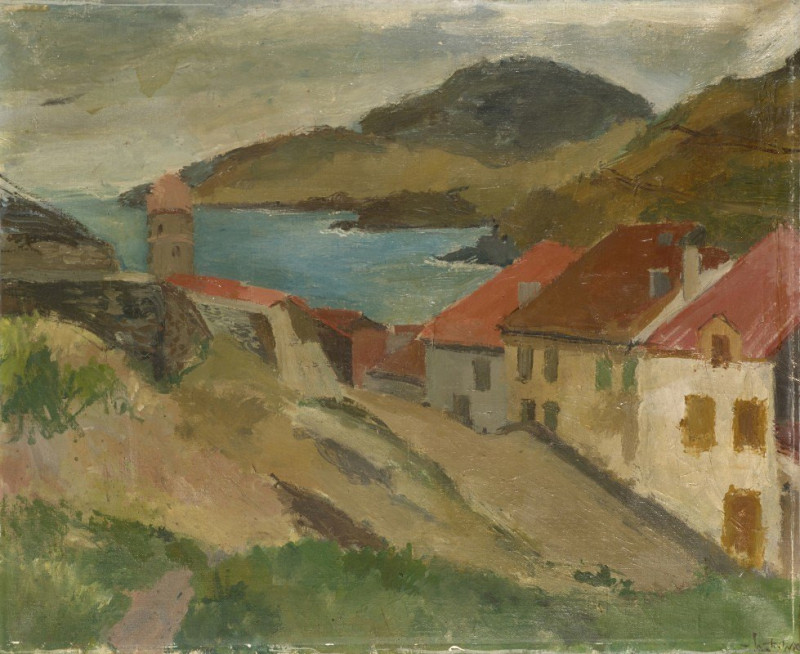

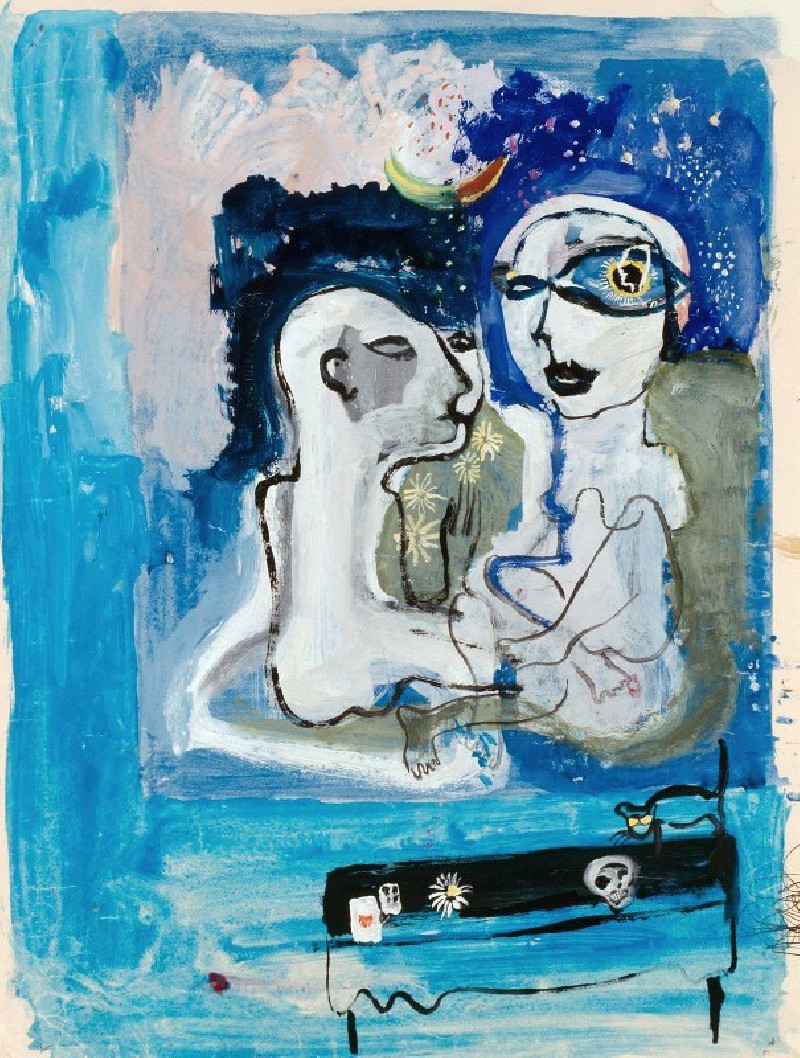
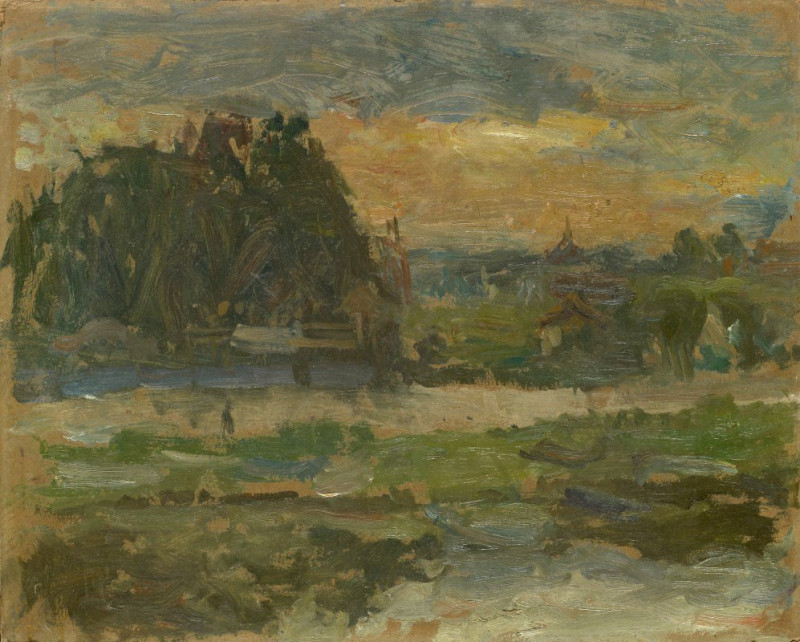

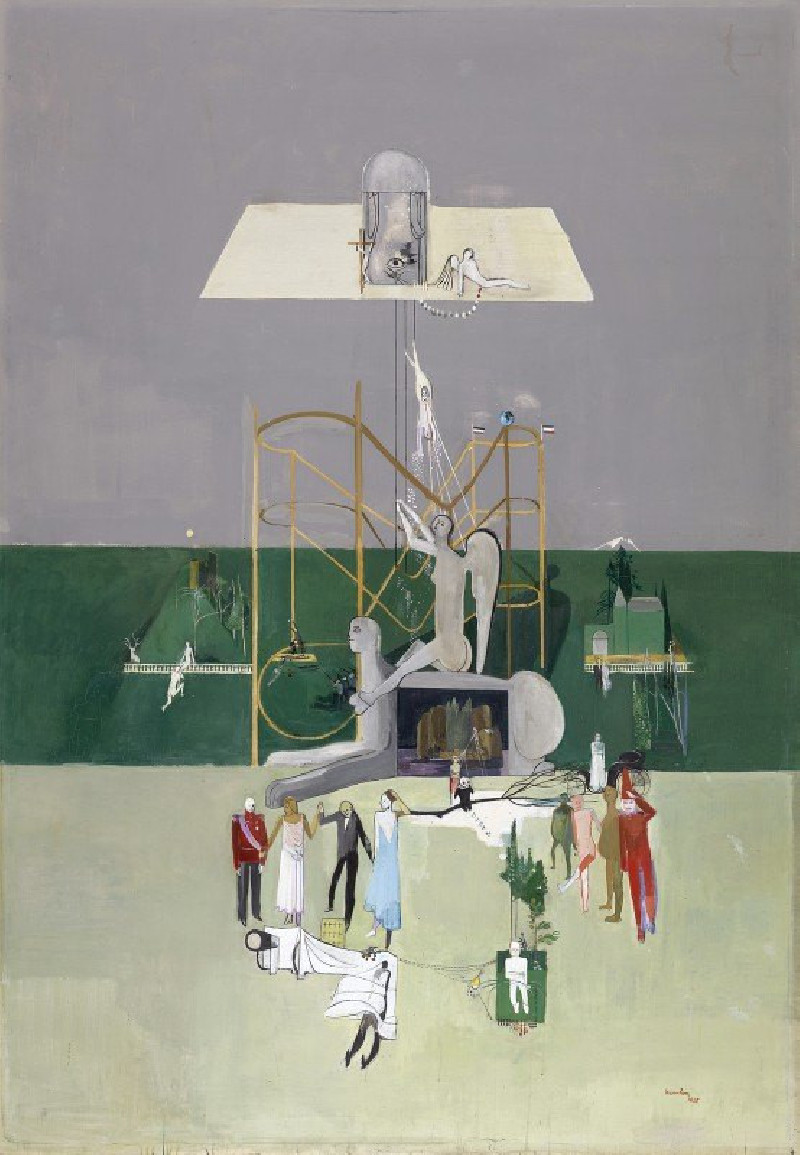
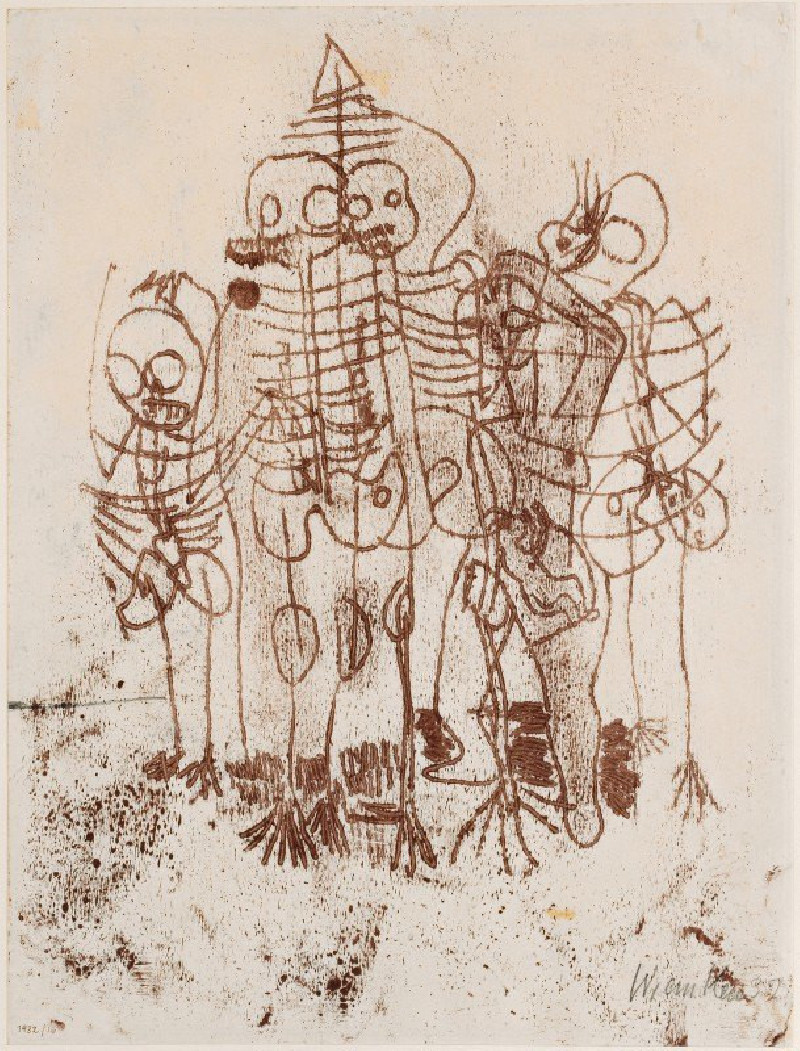

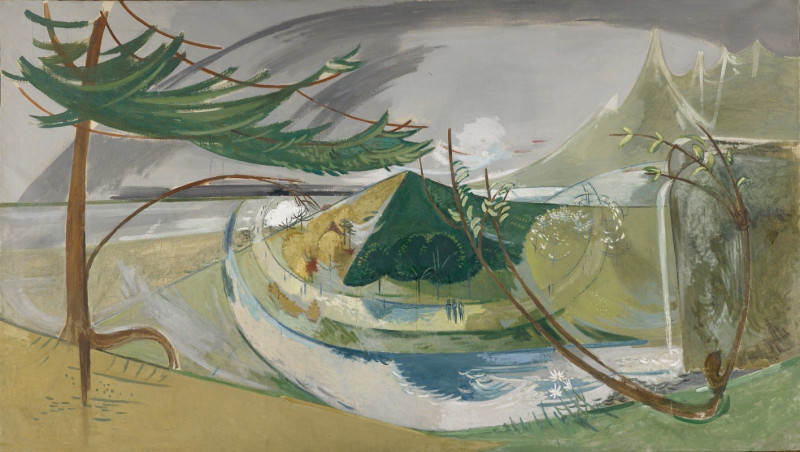

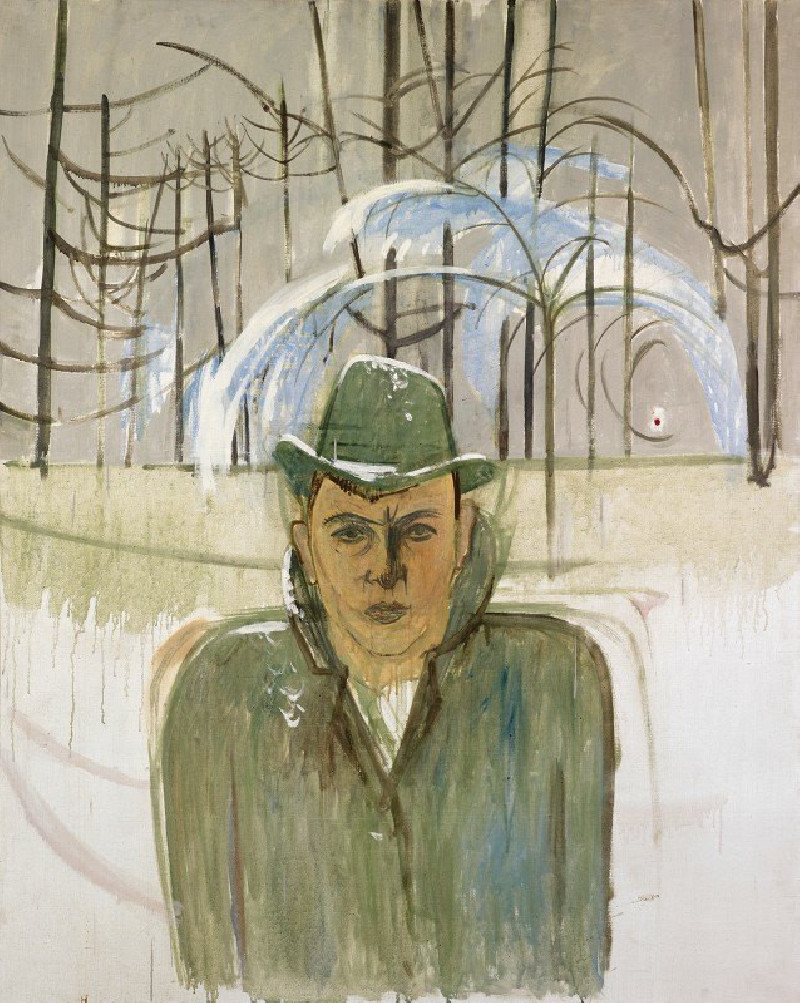
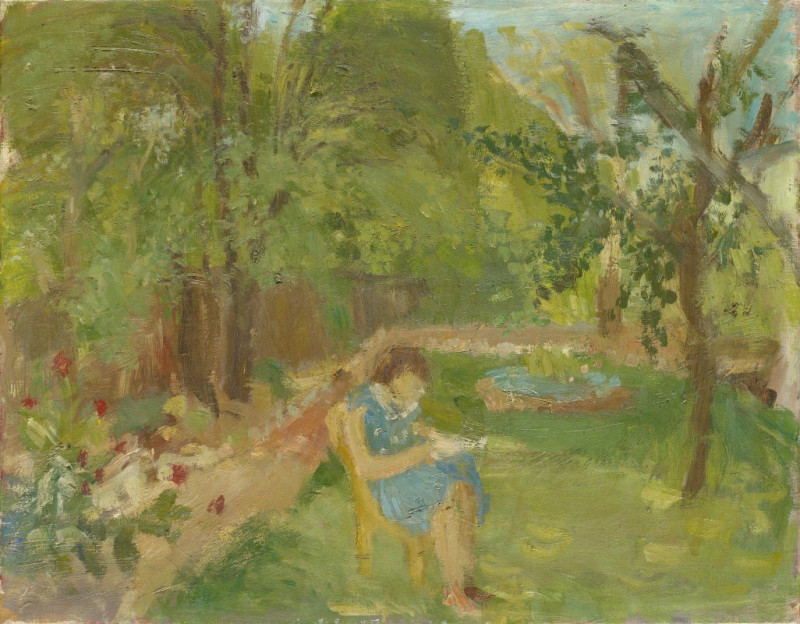
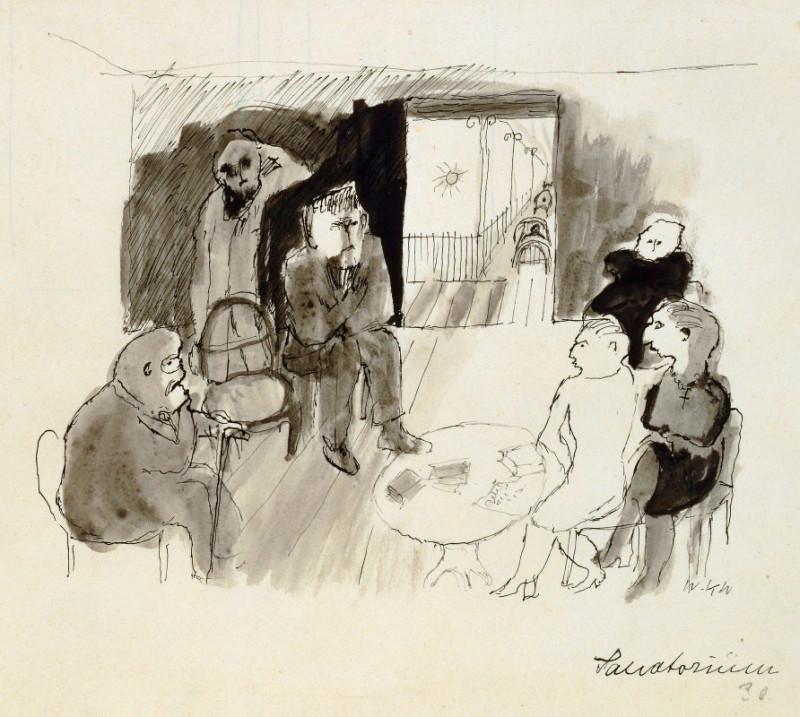
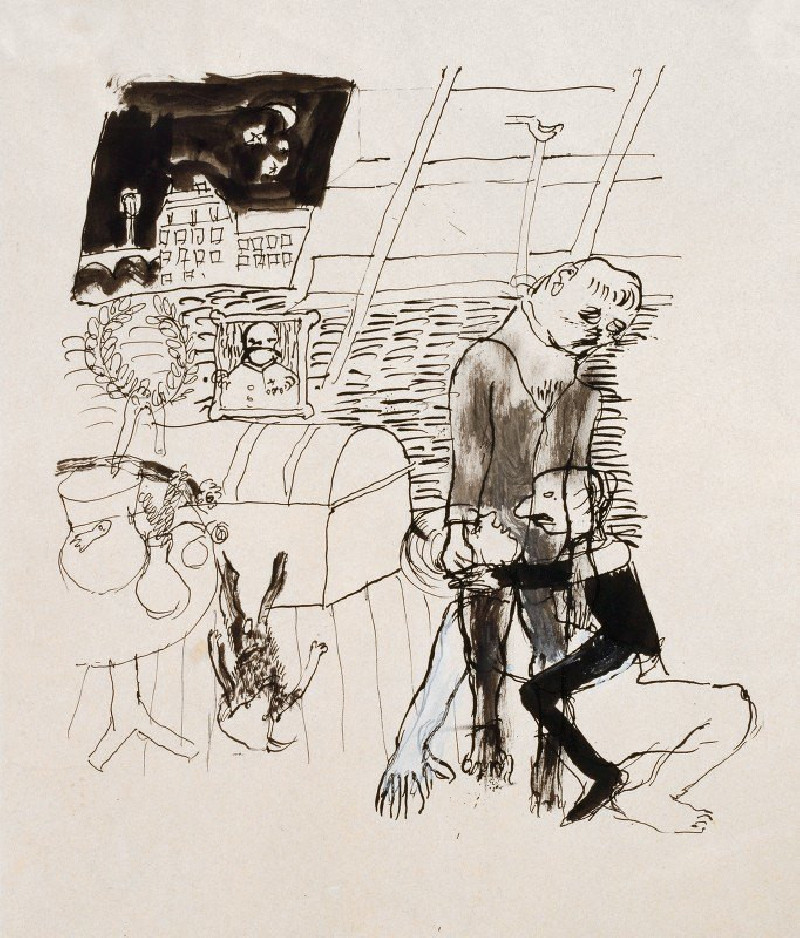
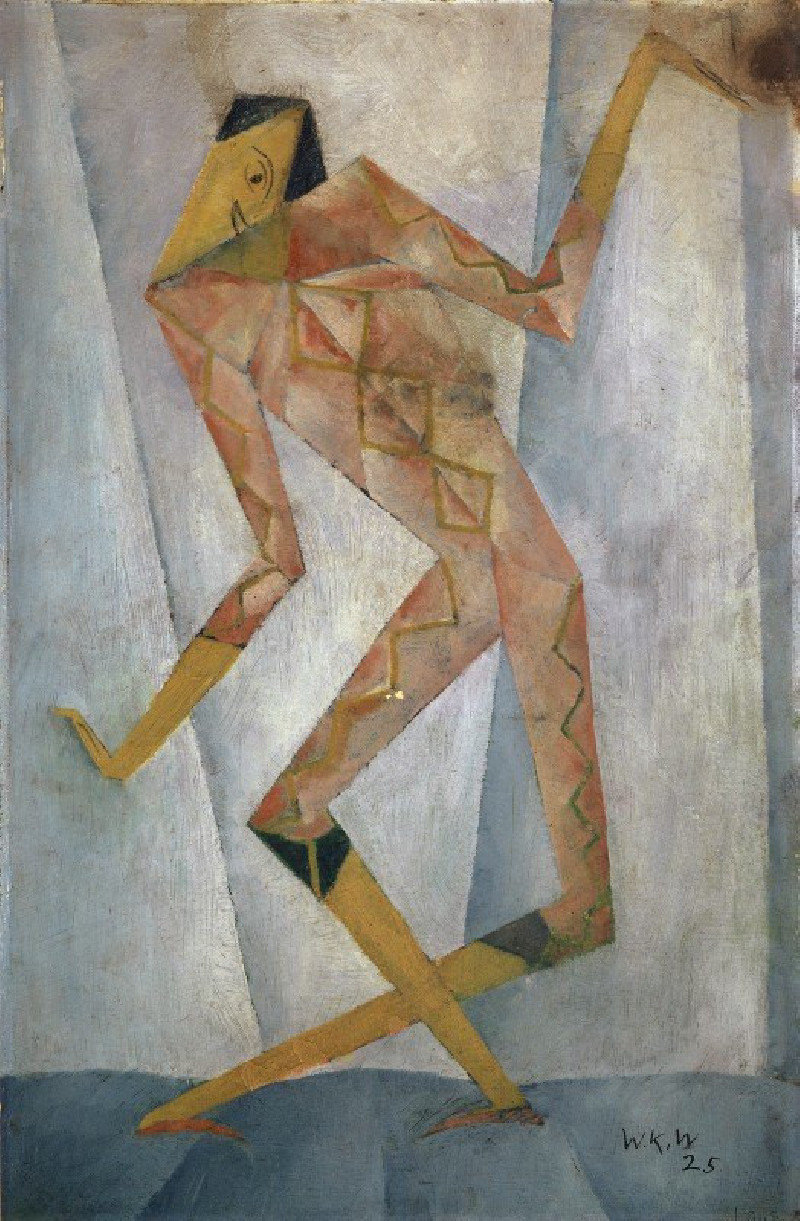
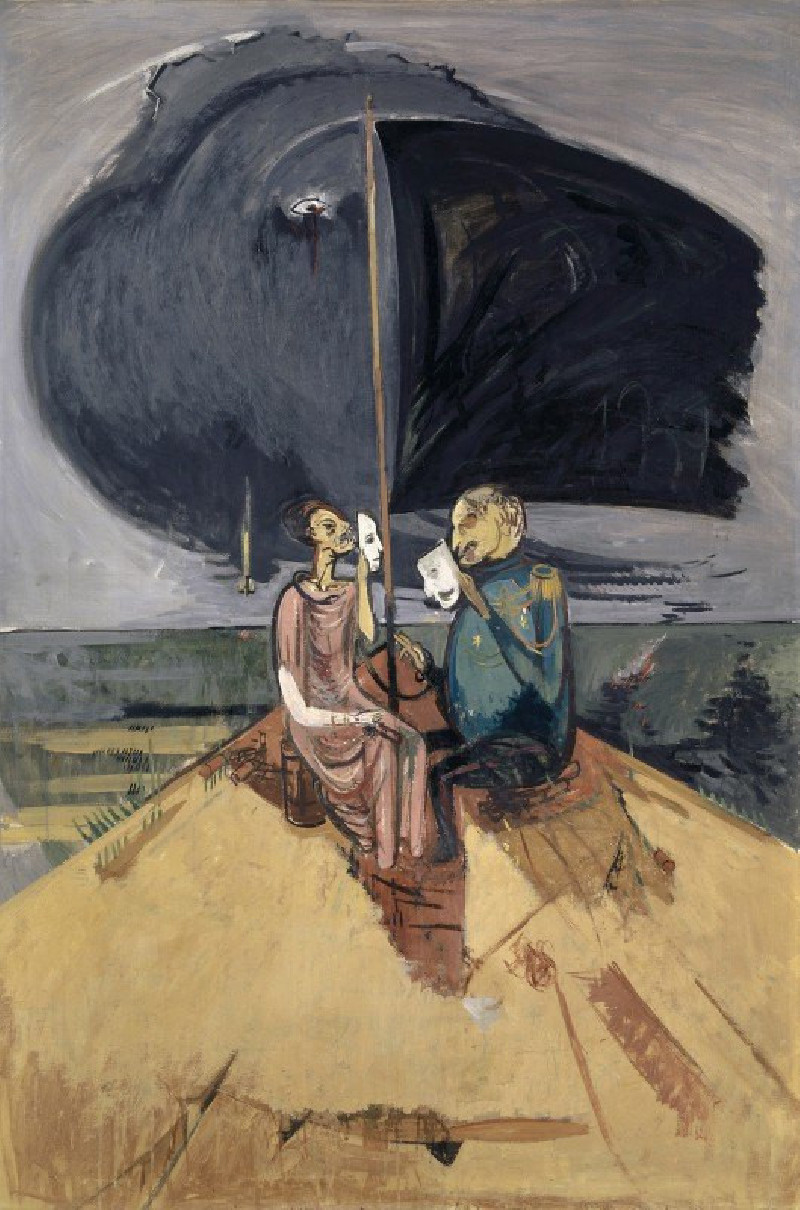
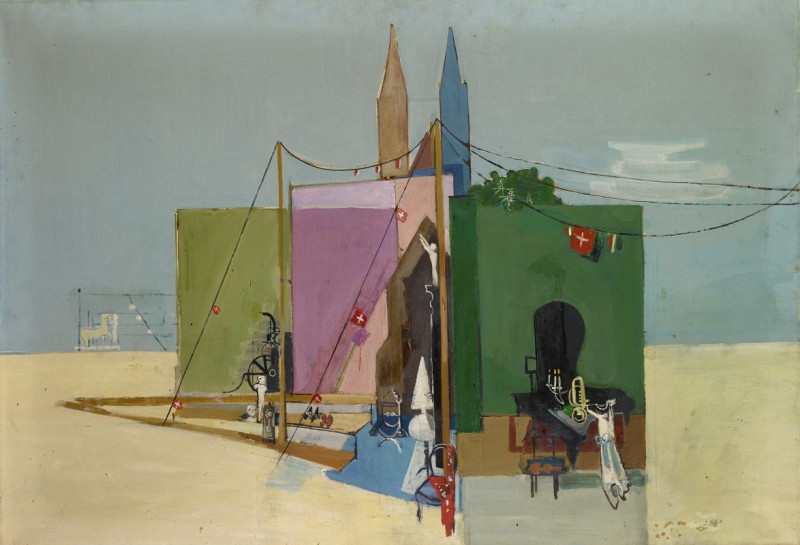
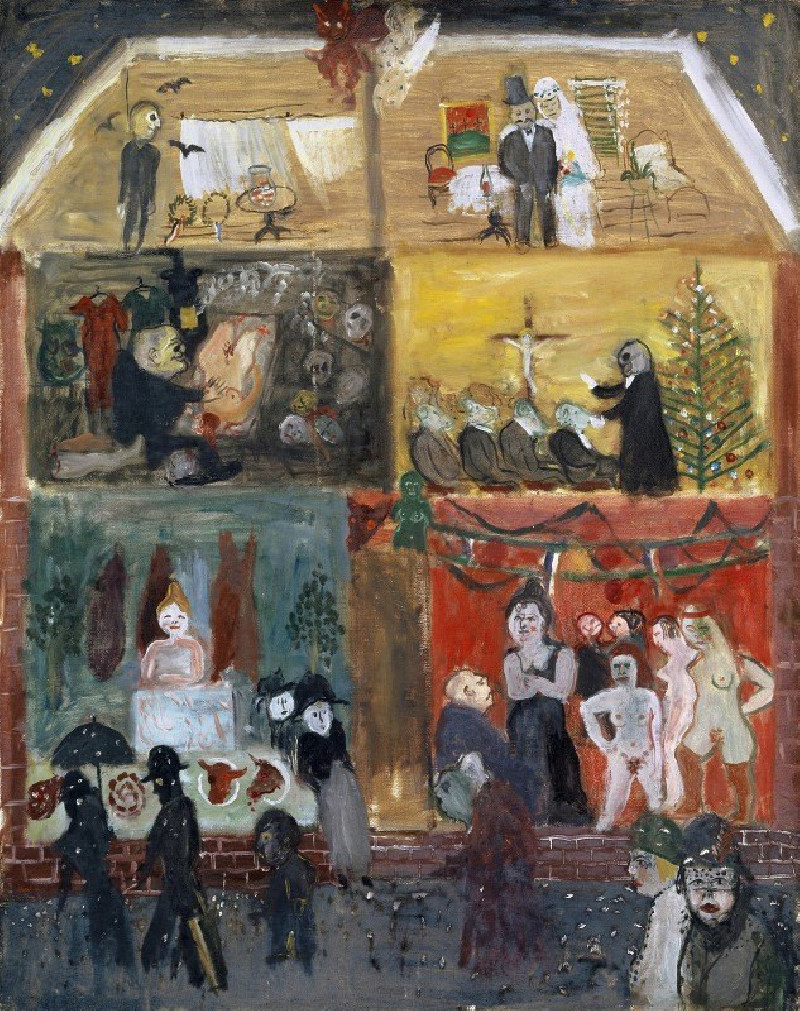
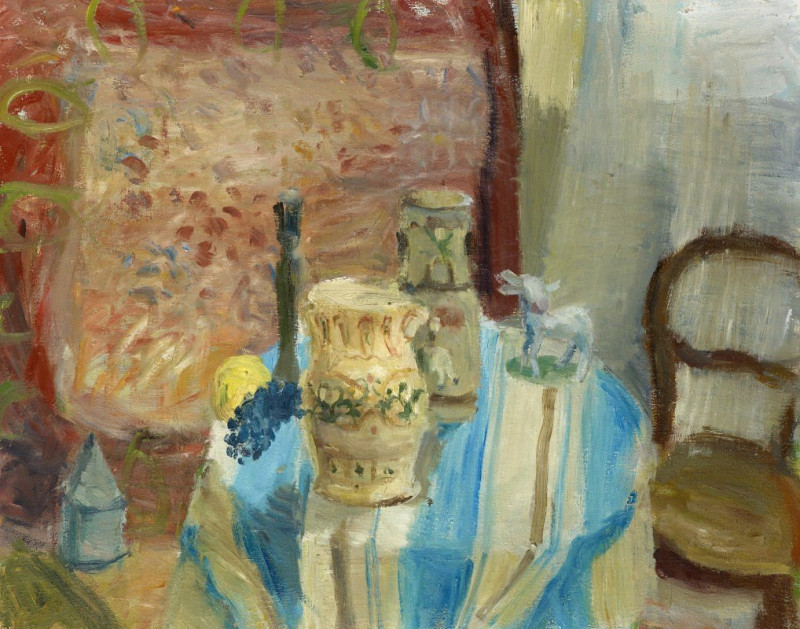
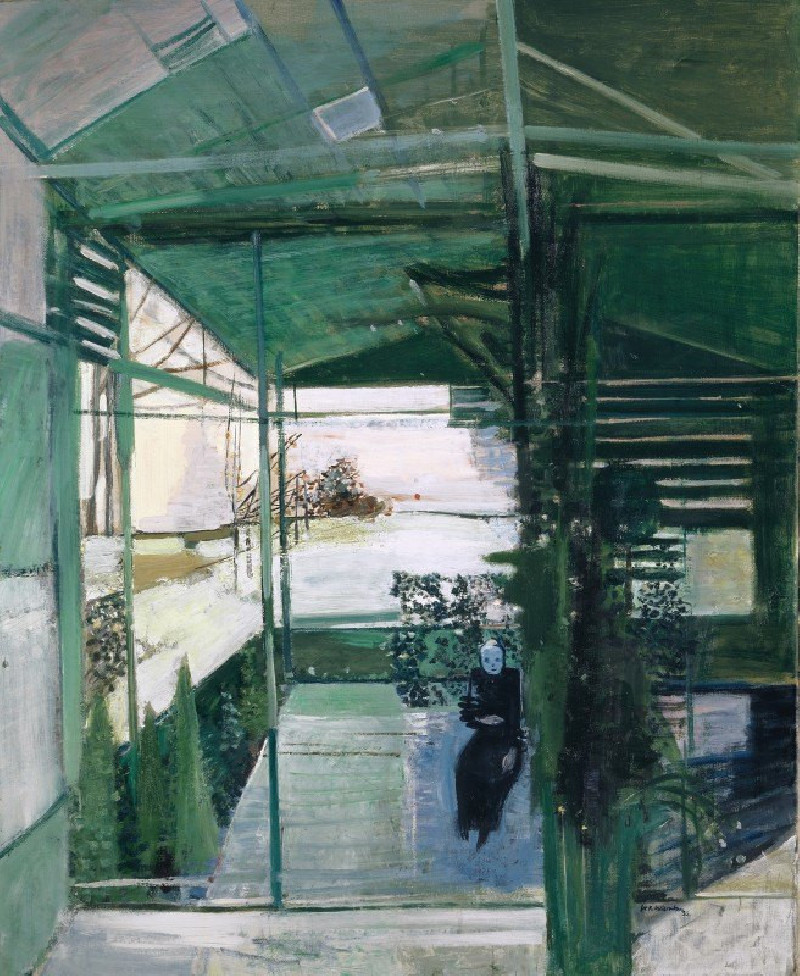
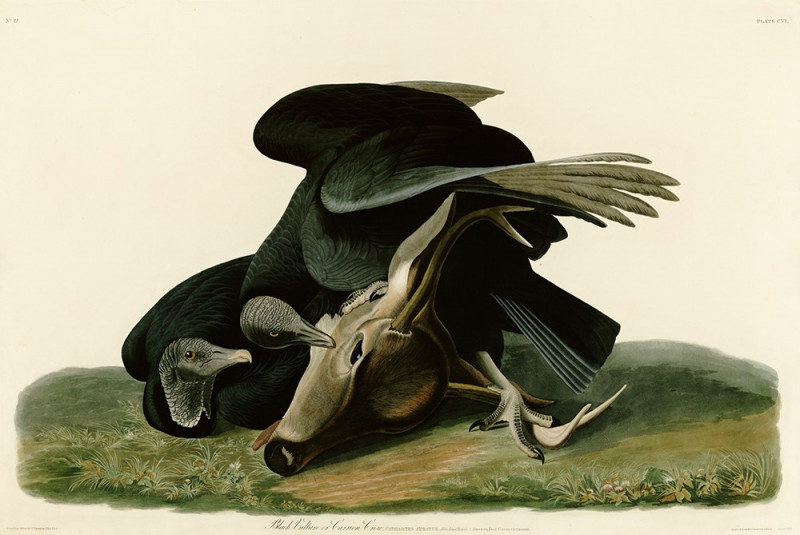

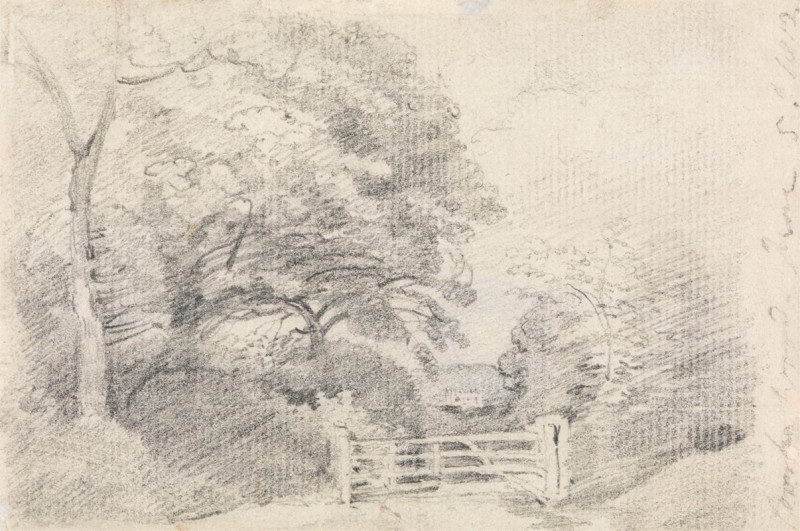

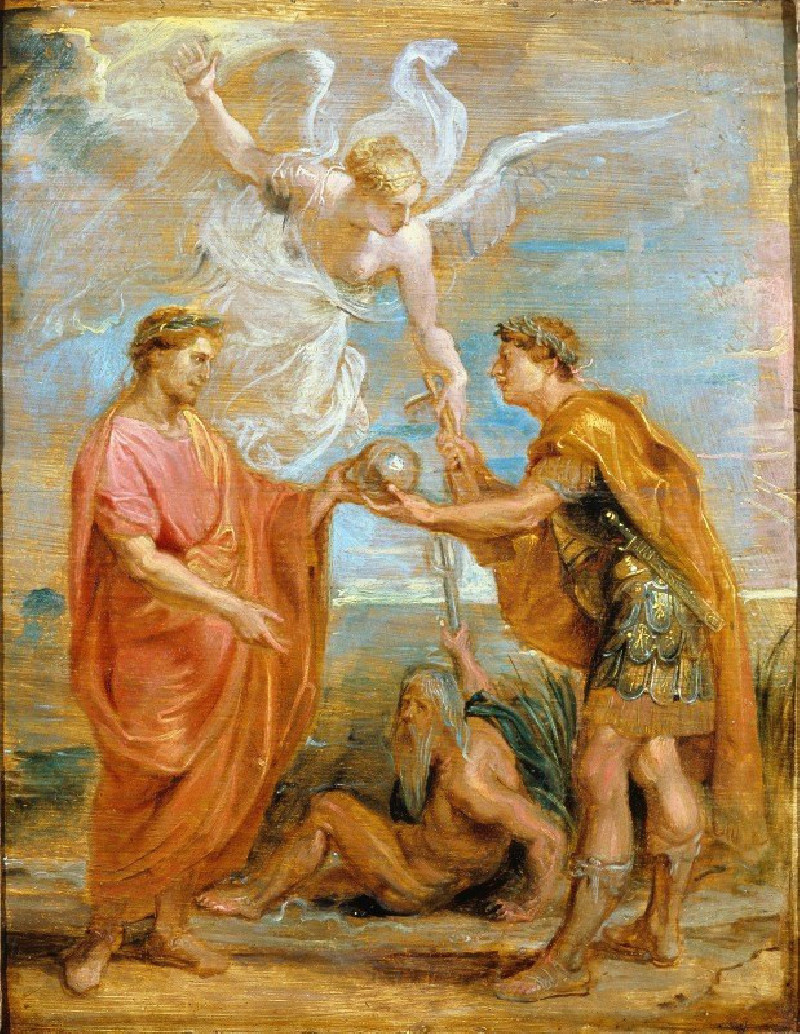
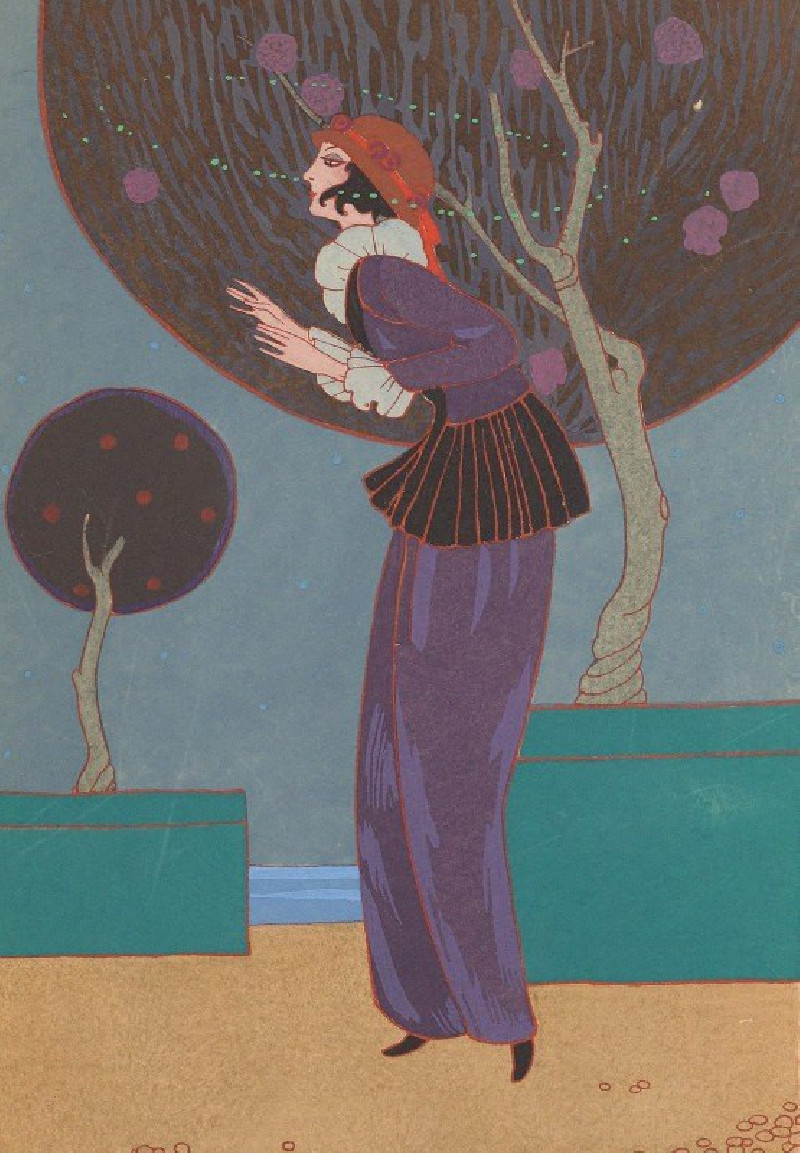
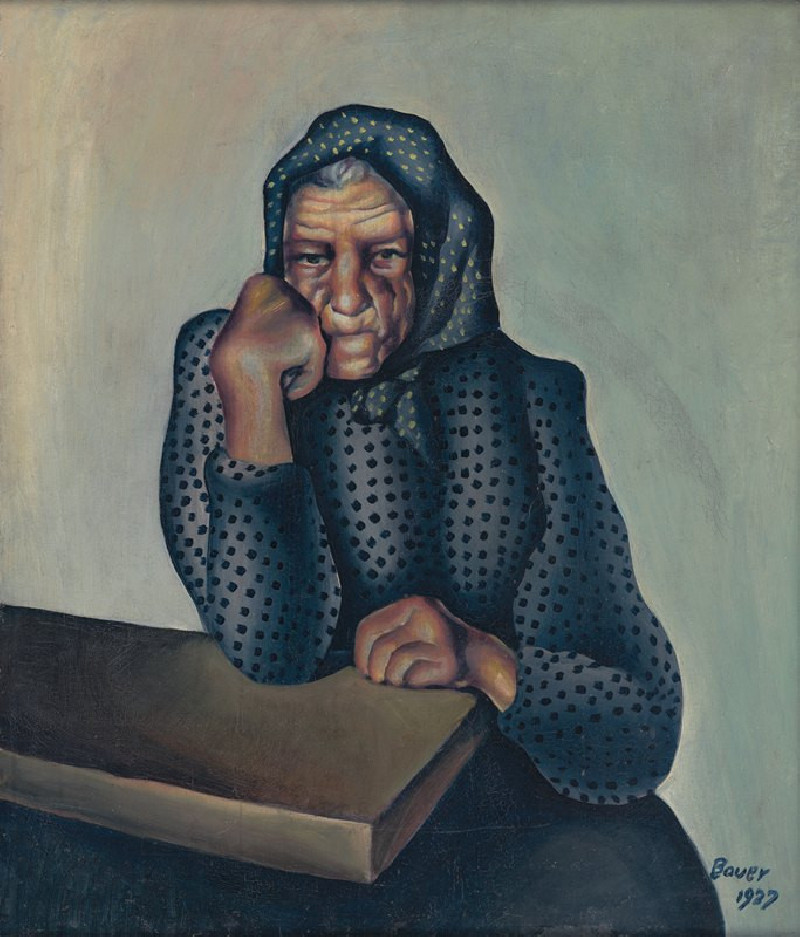
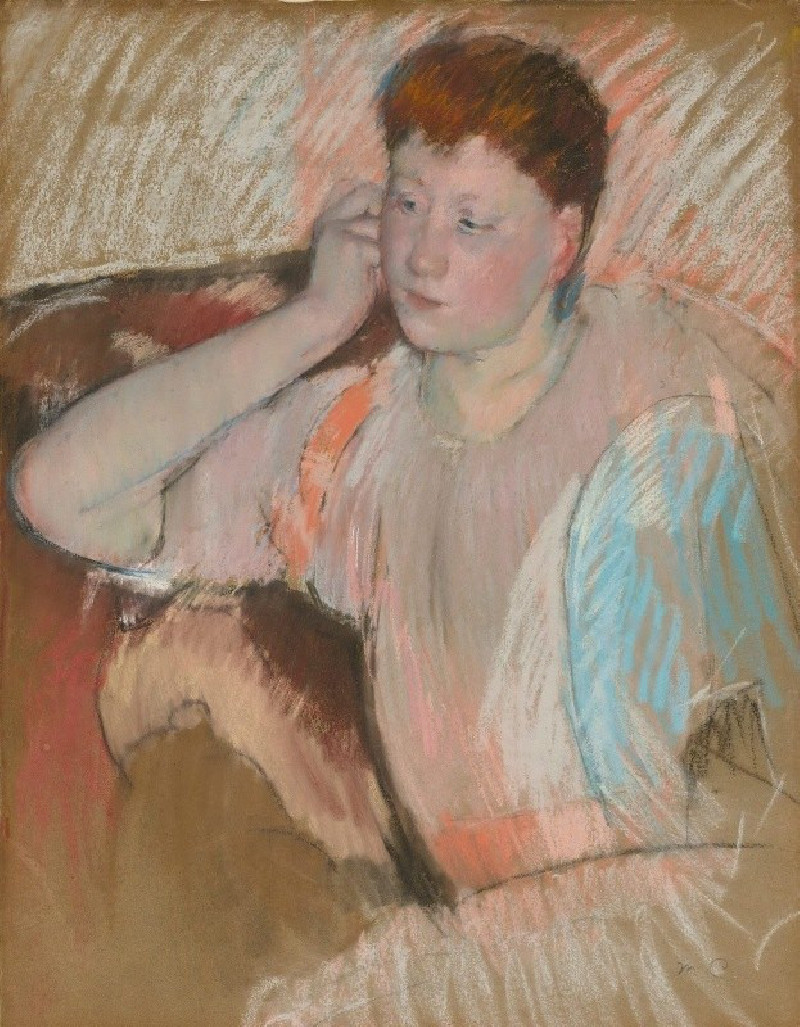
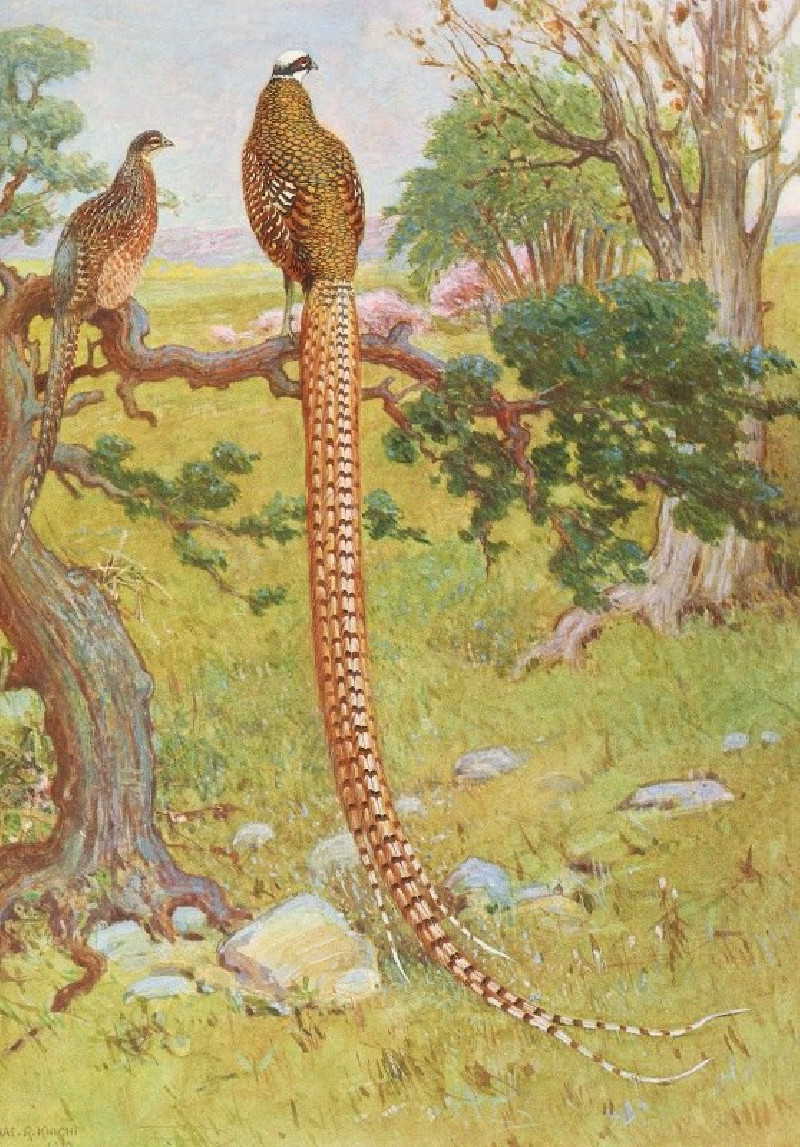
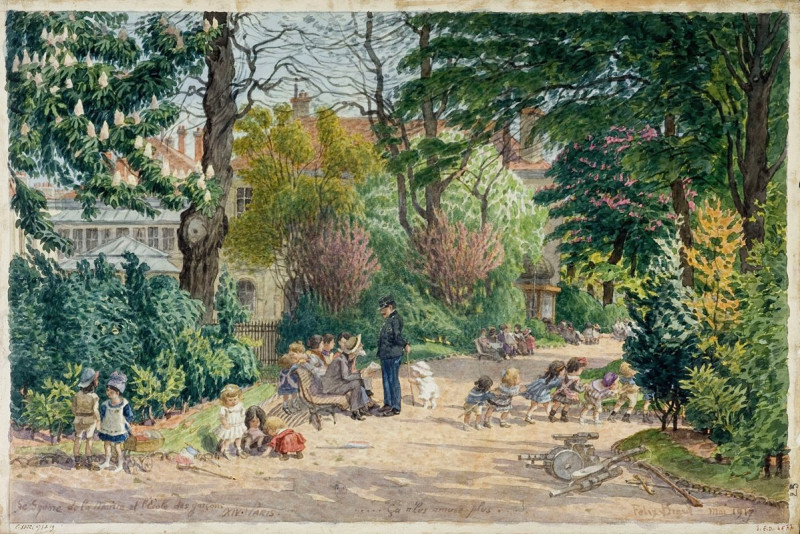
![Medinet Abou [Medinet Habu], Thebes. Dec. 5th, 1832. (1846-1849) reproduction of painting by David Roberts. ALL GICLEE PRINTS](https://reprodukcijos.lt/39253-large_default/reproduction-of-medinet-abou-medinet-habu-thebes-dec-5th-1832-1846-1849.jpg)

